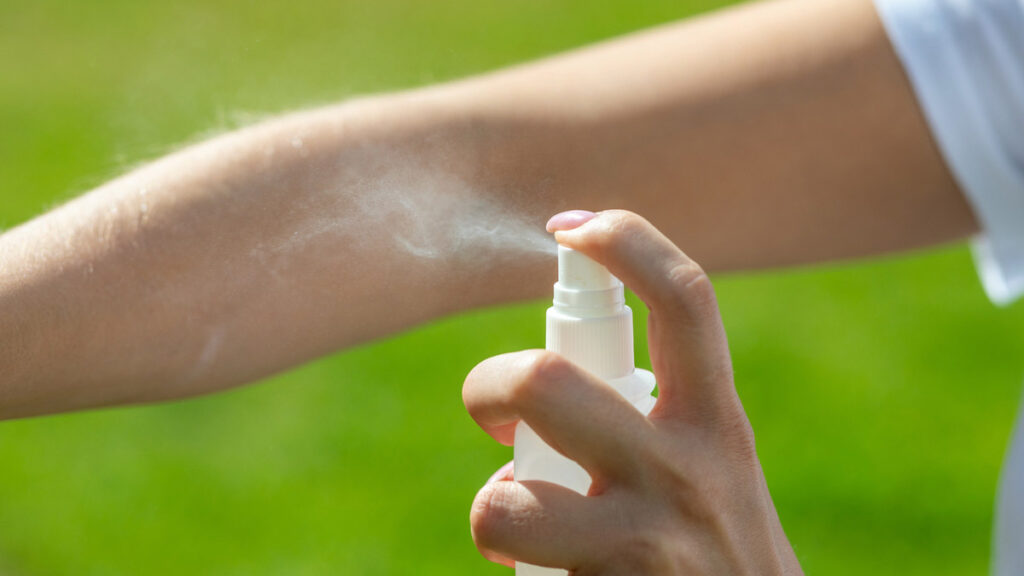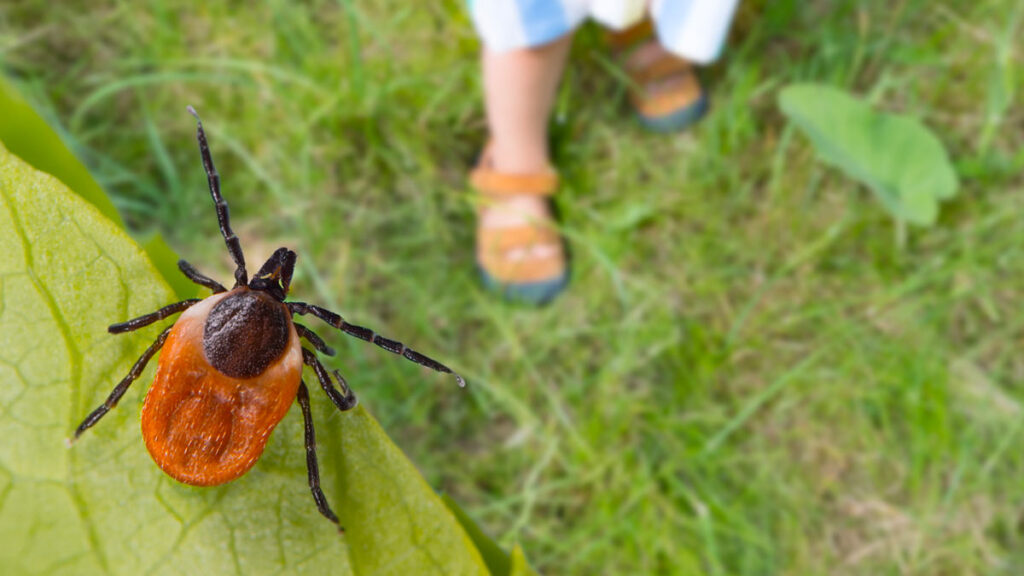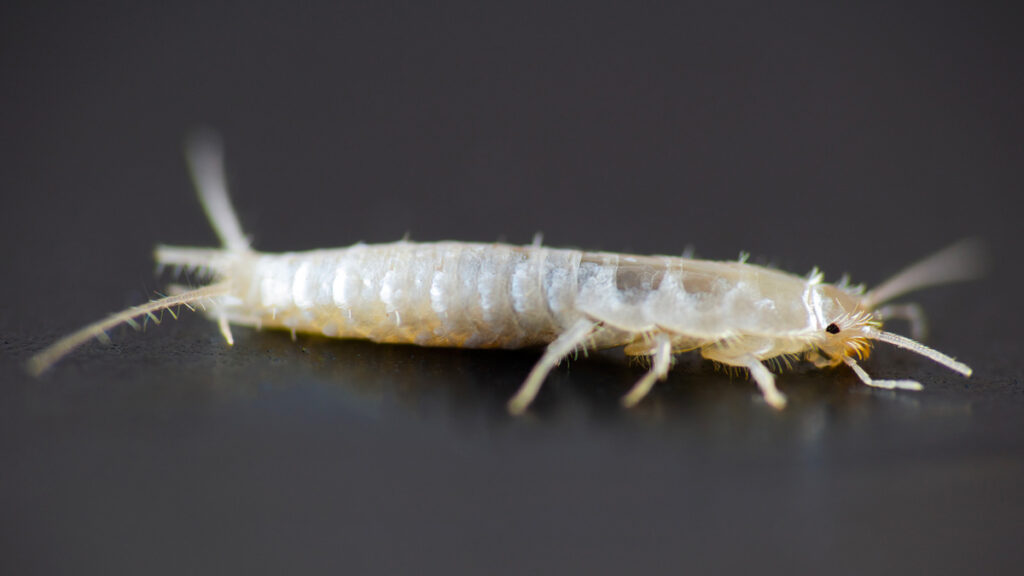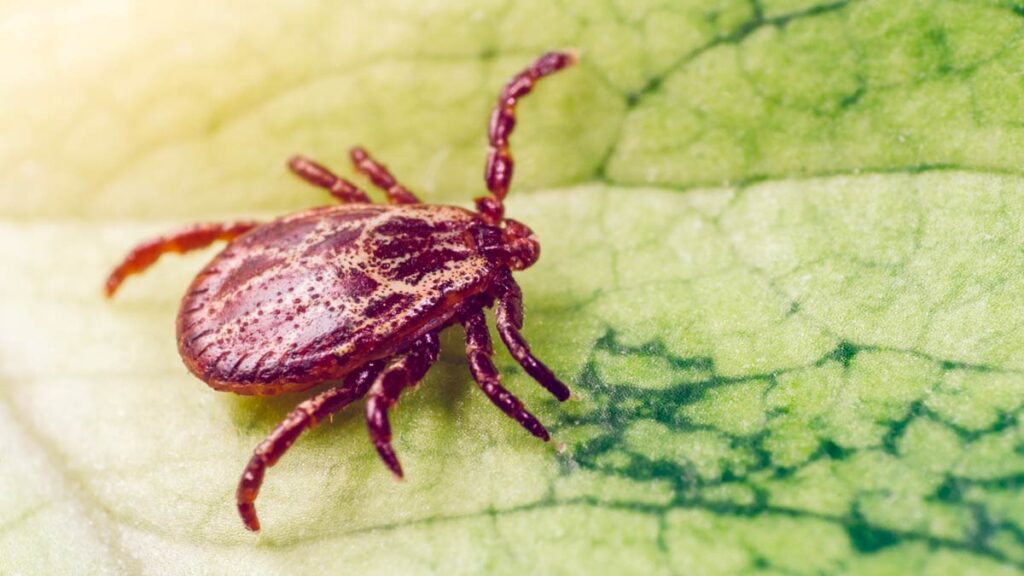
Florida's Response to Emerging Malaria Challenges
Navigating Complexity
Updated on: January 2024
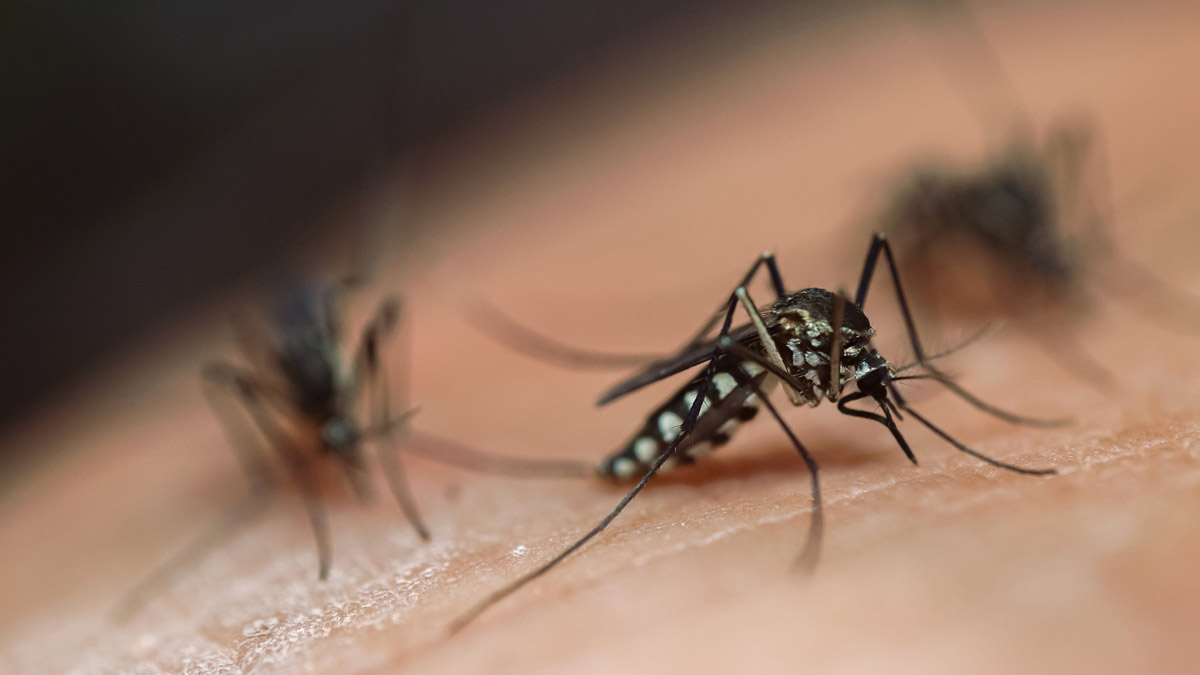
Malaria remains a persistent global health challenge, with evolving factors influencing its control. In this context, addressing Emerging Challenges in Malaria Control: Florida’s Response takes on a crucial significance. The dynamic interplay of factors like climate change, drug-resistant strains, and global travel necessitates a proactive approach to maintain effective control strategies.
Florida’s unique geographical and climatic conditions have positioned it at the forefront of malaria control efforts. With its subtropical climate and extensive coastline, the state faces heightened vulnerability to the disease’s resurgence. The critical role of Florida’s response becomes evident when considering its potential impact on public health, tourism, and economic stability.
Focusing on Florida’s tailored strategies and efforts unveils an intricate tapestry of initiatives. From adapting vector control strategies to addressing socioeconomic disparities in access to healthcare and education, Florida’s multifaceted response underscores the complex nature of malaria control in the modern context. Exploring the state’s endeavors to combat malaria’s resurgence sheds light on innovative techniques, partnerships, and challenges that can provide valuable insights for addressing this global concern.
Find What You Need
Impact of Climate Change and Urbanization
Climate Change’s Contribution to Malaria Spread in Florida
Climate change has ushered in a new era of challenges for malaria control in Florida. The state’s warmer and more humid conditions create a conducive environment for the proliferation of mosquito populations, particularly the primary vector, Anopheles mosquitoes. These altered climatic patterns extend the geographic range where these vectors can thrive, resulting in the expansion of malaria-prone areas within the state. Rising temperatures not only increase the rate at which mosquitoes mature and multiply, but they also shorten the time it takes for the malaria parasite to develop within them, thus accelerating transmission cycles.
The changing climate also impacts the behavior of humans and mosquito vectors. Warmer temperatures and prolonged seasons drive people to spend more time outdoors, increasing their exposure to mosquito bites. Moreover, extreme weather events such as hurricanes can displace populations and disrupt control efforts, leading to an upsurge in transmission. In response to these challenges, Florida’s health authorities have been compelled to adapt their strategies by anticipating the changing dynamics of disease transmission and devising innovative approaches to minimize the impact of climate change.
Urbanization’s Creation of New Obstacles for Malaria Control
Florida’s rapid urbanization brings forth a distinct set of obstacles in the battle against malaria. Urban areas offer unique breeding grounds for disease vectors due to the concentration of human populations, construction activities, and increased impervious surfaces that lead to stagnant water accumulation. These urban pockets can become reservoirs for mosquito breeding, often leading to localized outbreaks.
Moreover, urbanization can hinder the effectiveness of traditional malaria control methods. Spraying insecticides in densely populated areas may face challenges in reaching all potential breeding sites. Additionally, the transient nature of urban populations can complicate surveillance and intervention efforts, as people move in and out of areas, potentially carrying the disease with them. To combat these urban challenges, Florida has been exploring community-based approaches that involve residents in eliminating breeding sites and adopting protective measures, acknowledging the essential role that local engagement plays in controlling malaria in urban settings.
Key Takeaway
Florida’s adept response to emerging malaria challenges, guided by collaboration with international partners and community engagement, gains resonance as its electronic reporting system enables real-time data collection, paving the way for timely interventions.
Socio-Economic Factors and Public Health Infrastructure
The intricate interplay between socio-economic factors and public health infrastructure showcases the pivotal role they play in Florida’s malaria control efforts.
Socio-Economic Factors Impacting Malaria Control Measures
Florida’s diverse socio-economic landscape shapes its approach to malaria control. The state’s population encompasses a range of income levels, access to healthcare, and living conditions, all of which can influence the distribution and impact of malaria. Socio-economically disadvantaged communities might lack proper housing and sanitation facilities, providing fertile ground for disease vectors. These communities often face challenges in accessing healthcare services and education, exacerbating their vulnerability to malaria.
Moreover, socio-economic disparities can impact individuals’ ability to adopt preventive measures, such as using insecticide-treated bed nets or seeking medical care promptly. Targeting these disparities is essential for effective control efforts, as ignoring them could perpetuate pockets of disease transmission within the population. Florida’s response requires tailored interventions that consider the unique challenges posed by socio-economic factors, ensuring that all segments of society have equal access to preventive measures and healthcare services.
Role of Public Health Infrastructure in Addressing Emerging Challenges
Florida’s robust public health infrastructure plays a pivotal role in its response to emerging malaria challenges. The state’s Department of Health, in collaboration with local health agencies, is equipped to monitor disease trends, carry out surveillance, and coordinate control strategies. The infrastructure enables rapid response to outbreaks and allows for the efficient distribution of resources and information.
In the face of emerging challenges, Florida’s public health agencies have the capacity to adapt strategies and allocate resources where they are needed most. This includes disseminating information on preventive measures, ensuring the availability of diagnostic and treatment facilities, and coordinating efforts to engage communities. The public health system’s interconnectedness with medical institutions, research organizations, and community-based organizations enhances the state’s ability to tackle malaria comprehensively. This collaboration ensures that emerging challenges are met with a multi-faceted response, grounded in evidence-based practices and continuous monitoring.
Global Travel, Trade, and Drug Resistance
The nexus of global travel, trade, and the challenge of drug-resistant malaria strains necessitates a multifaceted response strategy for Florida.
Impact of Increased Global Travel and Trade on Malaria Transmission
The interconnectedness of today’s world through global travel and trade has significantly impacted the risk of malaria transmission in Florida. With a bustling tourism industry and extensive international trade routes, the state is exposed to a continuous influx of travelers from regions where malaria is endemic. The risk of importing malaria cases into Florida through infected individuals has risen, creating a challenge for local health authorities to detect and respond promptly.
Specifically, the state has observed cases of malaria brought in by travelers from endemic regions, which can potentially lead to localized transmission if not addressed swiftly. This scenario underscores the importance of robust surveillance systems at points of entry, such as airports and seaports, to screen for malaria infections among incoming travelers. To mitigate the risk, Florida has invested in advanced diagnostic technologies and collaborated with international health organizations to enhance screening and education efforts targeting incoming travelers.
Challenges Posed by Drug-Resistant Malaria Strains and Influence on Control Efforts
The emergence of drug-resistant malaria strains poses a critical challenge to malaria control efforts in Florida and globally. With Plasmodium falciparum, the most lethal malaria parasite, developing resistance to commonly used antimalarial drugs like chloroquine and sulfadoxine-pyrimethamine, treatment options have become limited. These drug-resistant strains can complicate both the treatment of infected individuals and the prevention of further transmission.
Addressing drug-resistant malaria requires the development and deployment of alternative antimalarial drugs. Innovations like artemisinin-based combination therapies (ACTs), which combine artemisinin derivatives with other effective antimalarials, have become the recommended treatment for drug-resistant malaria. The introduction of ACTs, however, has incurred additional costs, and their accessibility to vulnerable populations remains a challenge.
To mitigate these challenges, Florida’s health authorities work in tandem with global organizations such as the World Health Organization (WHO) and the Centers for Disease Control and Prevention (CDC) to monitor drug resistance patterns and ensure the availability of effective antimalarial drugs. These collaborations also focus on strengthening surveillance mechanisms to detect drug-resistant cases early and prevent their spread, while research continues to explore new treatment options and interventions.
Collaboration and Community Engagement
Florida’s collaborative spirit with neighboring states and its community-centric approach demonstrate the power of collective action in malaria control.
Collaboration with Neighboring States and International Partners
Florida recognizes the importance of collaborative efforts in tackling malaria challenges, not only within its borders but also beyond. Collaboration with neighboring states is crucial due to the interconnected nature of disease transmission. The sharing of information, resources, and best practices helps prevent the cross-border spread of malaria. This is particularly important for states in close proximity like Florida, where vectors and potential cases can easily cross state lines.
Florida’s collaboration with international partners extends its reach beyond national borders. The state participates in knowledge-sharing initiatives, research partnerships, and funding programs with global health organizations like the World Health Organization (WHO) and the Roll Back Malaria Partnership. These collaborations facilitate the exchange of expertise, aid in the implementation of evidence-based strategies, and offer access to resources that support Florida’s malaria control efforts.
Engaging Local Communities in Malaria Control and Prevention
Engaging local communities is a cornerstone of Florida’s malaria control and prevention strategy. Recognizing that community members are central to effective control, the state employs community-based interventions. Educational campaigns are launched to raise awareness about malaria prevention, the importance of early diagnosis, and the proper use of bed nets and insecticides.
Florida also empowers local communities to actively participate in malaria control efforts. Community health workers are trained to conduct outreach activities, diagnose cases, and distribute preventive tools. Moreover, the state organizes workshops and town hall meetings, providing a platform for residents to voice concerns and contribute to the design of malaria control strategies that suit their unique circumstances.
Through these efforts, Florida creates a sense of ownership and responsibility within local communities, fostering a collective commitment to combat malaria. This bottom-up approach not only enhances the effectiveness of control measures but also nurtures a sustainable response that can adapt to evolving challenges.
Technological Innovations and Research Initiatives
Technological advancements bolstering malaria control and ongoing research initiatives shape Florida’s trajectory in tackling emerging challenges.
Technological Innovations Enhancing Malaria Control Measures
Florida has embraced technological innovations to bolster its malaria control measures. One notable advancement is the use of Geographic Information Systems (GIS) to map and analyze disease patterns. GIS enables health authorities to identify high-risk areas, plan targeted interventions, and allocate resources efficiently. This technology aids in tracking disease transmission dynamics, allowing for swift response to emerging outbreaks.
Additionally, the implementation of rapid diagnostic tests (RDTs) has revolutionized malaria diagnosis in Florida. These point-of-care tests provide quick and accurate results, enabling healthcare workers to promptly identify infected individuals and initiate treatment. This advancement has streamlined diagnosis and reduced the burden on laboratories, contributing to more effective control.
Ongoing Research Initiatives Addressing Emerging Challenges
Florida’s position at the vanguard of research initiatives is palpable in its active engagement with renowned institutions such as the University of Florida, the Florida Department of Health, and organizations like the Roll Back Malaria Partnership. Collaborative endeavors between these academic and public health entities, along with research organizations such as the Carter Center, have yielded invaluable insights into the intricate dynamics of vector behavior, the evolution of drug resistance patterns, and the profound influence of climate change on the transmission of malaria.
Research projects are exploring innovative vector control methods, such as the use of genetically modified mosquitoes that are unable to transmit the malaria parasite. These efforts hold the promise of reducing mosquito populations and interrupting disease transmission. Moreover, ongoing studies delve into the socio-economic factors influencing disease spread and treatment accessibility, ensuring that interventions are tailored to the unique context of Florida.
Through these research endeavors, Florida aims to anticipate and mitigate future challenges, contributing not only to its own malaria control efforts but also to the global body of knowledge that informs effective control strategies.
Vector Populations, Wildlife, and Public Awareness
Delving into the intricate relationships between vector populations, wildlife, and public awareness underscores the multifaceted nature of disease control.
Wildlife and Vector Populations’ Contribution to Complexities in Malaria Control
Malaria control in Florida is intricately intertwined with the state’s diverse wildlife and vector populations. While humans are the primary target for disease prevention, local wildlife serves as reservoirs for malaria parasites, perpetuating the cycle of transmission. Anopheles mosquitoes, the primary vectors, feed on both humans and wildlife, contributing to the challenge of disease control by acting as bridges between different hosts.
The abundance of wildlife species, including birds and mammals, creates complex dynamics in disease transmission. Some species may harbor different strains of the malaria parasite, complicating efforts to pinpoint transmission sources. The variability in vector preferences further complicates control measures, as some Anopheles species may favor feeding on wildlife, making them harder to target with conventional interventions.
Role of Education and Public Awareness in Mitigating Emerging Challenges
Public awareness and education play a pivotal role in mitigating emerging challenges in malaria control. By informing communities about the risks associated with malaria, the modes of transmission, and the importance of preventive measures, Florida empowers individuals to protect themselves and their families. Educational campaigns serve to dispel misconceptions, reduce stigma, and encourage early seeking of medical care.
Schools, community centers, and healthcare facilities become focal points for disseminating information and fostering a culture of vigilance. Florida’s health authorities collaborate with local leaders, community organizations, and schools to conduct workshops and awareness programs. These efforts not only increase the public’s understanding of malaria but also promote community participation in vector control activities, such as eliminating mosquito breeding sites and using bed nets.
By elevating public awareness, Florida enhances its surveillance network as individuals are more likely to seek medical attention for symptoms and report potential cases. The synergy between education, awareness, and community engagement becomes a cornerstone of the state’s malaria control strategy, aligning with global efforts to eliminate this preventable disease.
Policy Gaps, Regulatory Measures, and Best Practices
Unveiling policy gaps and regulatory nuances highlights the importance of alignment with international guidelines, a cornerstone of Florida’s strategy.
Policy Gaps and Regulatory Hurdles Impacting Malaria Control
Despite Florida’s proactive approach to malaria control, certain policy gaps and regulatory challenges hinder the effectiveness of its efforts. One key issue is the lack of comprehensive legislation specifically targeting malaria control. This gap can lead to inconsistencies in funding allocation, coordination among different agencies, and overall implementation of control strategies.
Regulatory hurdles also emerge in the realm of pesticide use for vector control. Balancing the need to minimize mosquito populations while safeguarding the environment and public health requires a delicate approach. Stringent regulations on pesticide use can sometimes impede the timely application of control measures, especially during disease outbreaks. Streamlining regulatory processes and strengthening collaborations among relevant government bodies could enhance the state’s ability to respond promptly to malaria challenges.
Florida’s Response Alignment with International Guidelines and Best Practices
Florida’s response to emerging malaria challenges closely aligns with international guidelines and best practices recommended by organizations such as the World Health Organization (WHO) and the Centers for Disease Control and Prevention (CDC). The state’s comprehensive approach, combining vector control, case management, surveillance, and community engagement, mirrors global strategies for malaria control.
Florida’s health authorities emphasize evidence-based decision-making, leveraging scientific research to guide their interventions. The state’s collaboration with international partners, participation in research initiatives, and adherence to recommended treatment protocols further underscore its alignment with international standards. This approach not only enhances the effectiveness of control efforts within the state but also contributes valuable insights to the global fight against malaria.
By aligning with international guidelines and adopting best practices, Florida positions itself as a model for malaria control, showcasing the efficacy of a holistic approach that takes into account scientific evidence, community engagement, and collaboration with global health networks.
Health Professionals, Medical Institutions, and Surveillance
Roles of Health Professionals and Medical Institutions in Malaria Control
Health professionals and medical institutions play a pivotal role in Florida’s malaria control response. Medical practitioners serve as the first line of defense, diagnosing and treating cases promptly. Their training equips them to recognize malaria symptoms, order diagnostic tests, and administer appropriate treatment. Public health professionals collaborate with medical institutions to ensure accurate reporting and thorough case investigations.
Hospitals and clinics across Florida act as hubs for diagnosis, treatment, and surveillance. They maintain diagnostic capabilities, ensuring rapid and accurate identification of malaria cases. Additionally, they contribute to the education and training of healthcare staff, fostering a vigilant healthcare workforce that can detect and manage cases effectively.
Evolution of Florida’s Surveillance and Reporting System
Florida’s surveillance and reporting system for malaria cases has evolved over time to enhance the state’s response to emerging challenges. In the past, manual reporting processes led to delays in identifying and responding to cases. With the advent of technology, Florida transitioned to electronic reporting systems, enabling real-time data collection, analysis, and dissemination.
This evolution has significantly improved the state’s ability to monitor disease trends, identify clusters of cases, and predict potential outbreaks. The electronic system allows for seamless communication between local health departments, medical institutions, and the state health agency. Rapid reporting facilitates timely interventions, such as targeted vector control measures and public health campaigns in affected areas. The ability to track cases and map disease hotspots provides valuable insights for resource allocation and long-term planning, making Florida’s surveillance system a cornerstone of its malaria control efforts.
Conclusion
Florida’s adaptive response to emerging malaria challenges serves as a beacon of inspiration. In the face of shifting conditions and dynamic threats, the state’s commitment to innovation and collaboration shines brightly. By employing technological advancements, collaborating with global health networks, and engaging local communities, Florida demonstrates the power of a holistic approach that can withstand the test of time. As the narrative of malaria control continues to unfold, the significance of ongoing efforts cannot be overstated. The lessons learned from Florida’s journey offer insights that resonate far beyond its borders, serving as a guide for regions facing similar challenges. The dynamism of disease control necessitates continuous adaptation and a steadfast commitment to research, education, and community engagement. In sum, Florida’s response to emerging malaria challenges is not just a local endeavor; it is a testament to the strength of human determination in the face of adversity. Florida contributes to the global effort to control and eliminate malaria, creating a brighter and healthier world for all, by looking to the future with innovation and resilience.

